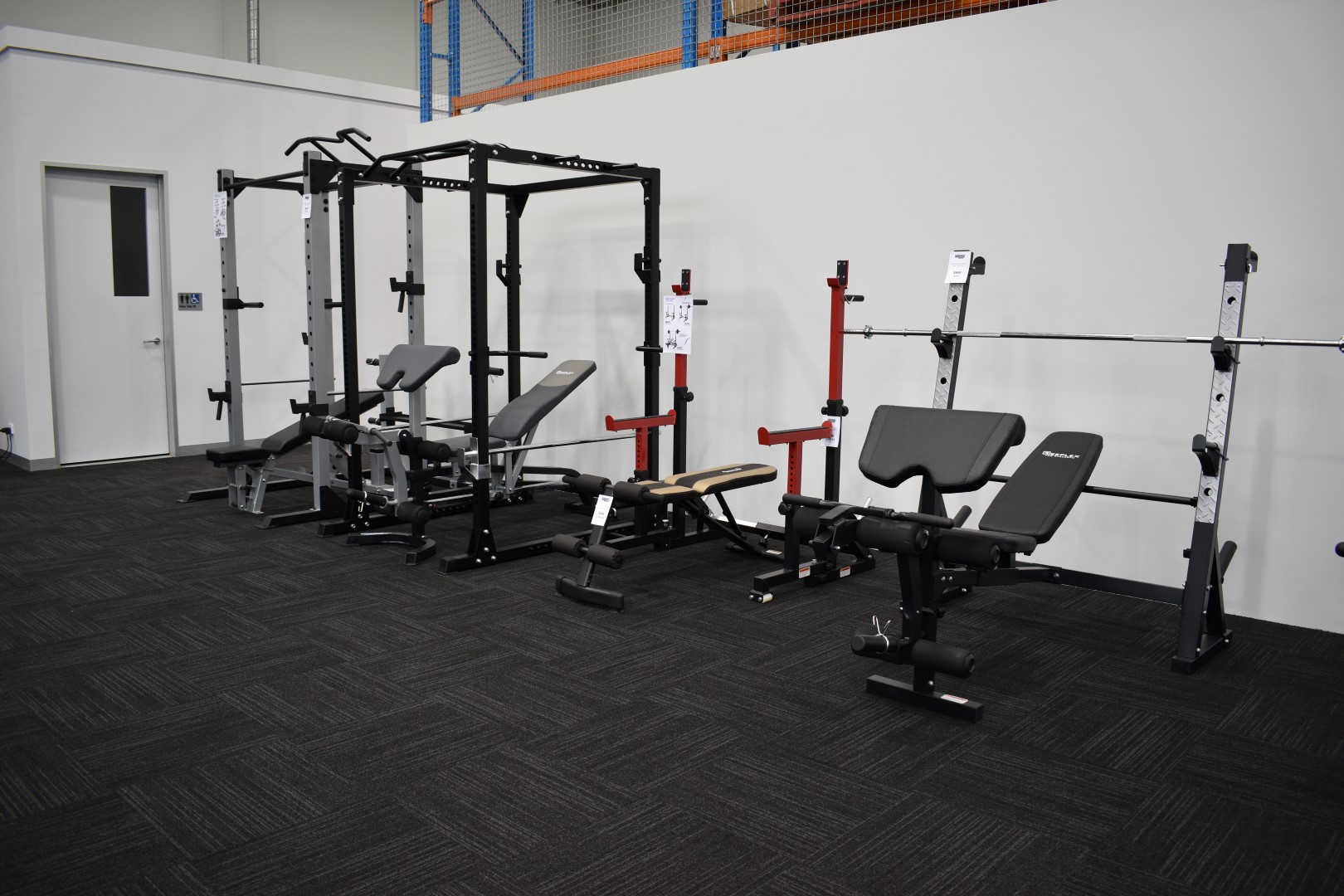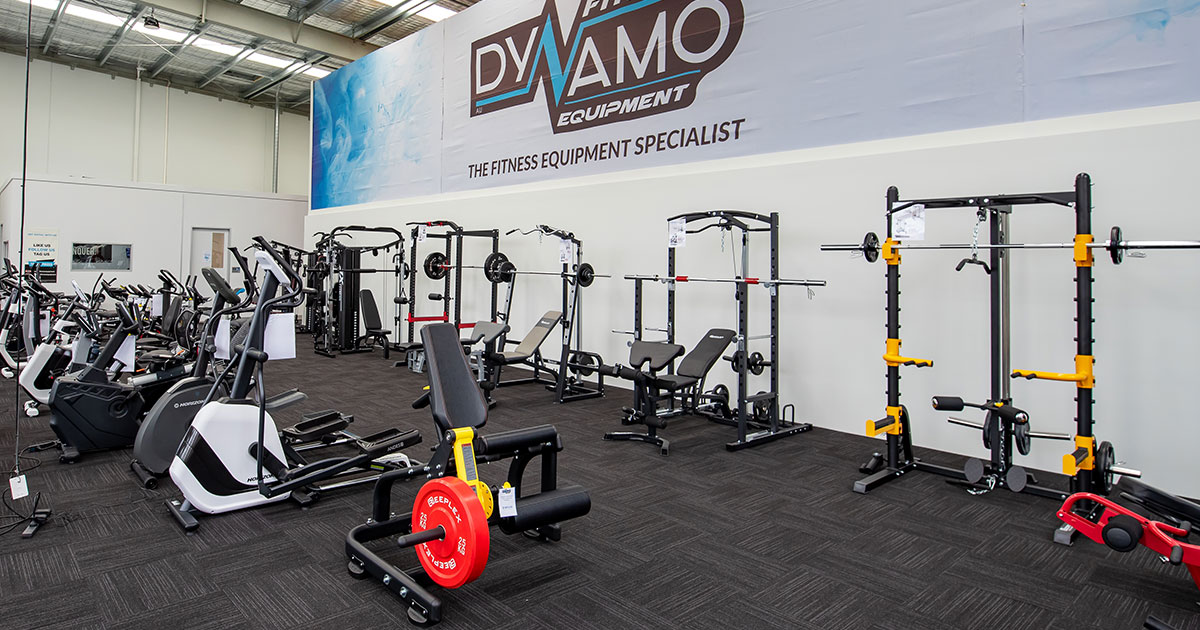
Avoid These Common Mistakes with Bench Squats
Bench squats are a powerful lower-body exercise that can help you build strength and muscle. Incorporating bench squats into your training routine offers numerous benefits, from targeting multiple muscle groups to improving overall power and stability.
However, many people make common mistakes that limit the effectiveness of this movement. From proper form and range of motion to warm-up exercises and equipment considerations, we’ll cover all the essential points you need to know. Get ready to take your bench squats to the next level!
Demystifying Bench Squats
Understanding the concept and purpose of bench squats
Bench squats are a variation of the traditional squat exercise that involves using a bench as support. The concept behind bench squats is to provide stability and control while performing the movement, allowing individuals to focus on correct form and technique. This exercise primarily targets the lower body muscles, including the quadriceps, hamstrings, glutes, and calves.
Differentiating between bench squats and traditional squats
One key difference between bench squats and traditional squats is the use of additional support from a bench. While traditional squats require individuals to perform the movement without any external support, bench squats offer a stable base for beginners or those with limited mobility.
By reducing the range of motion, bench squats can be more accessible for individuals who struggle with balance or have knee issues.
Why bench squats are a valuable addition to any leg day routine
Incorporating bench squats into your leg day routine can bring several benefits. Firstly, they allow you to gradually build strength in your lower body by providing support during the exercise.
This can be particularly helpful for beginners who are still developing their stability and muscle strength. By limiting the range of motion, bench squats can help individuals focus on proper form and technique before progressing to full-depth squats.
Moreover, bench squats offer versatility in terms of equipment used. They can be performed with dumbbells or barbells held at shoulder height or even with just body weight alone. This flexibility allows individuals to customize their workout based on their fitness level and available resources.
By understanding how to properly execute bench squats and incorporating them into your leg day routine, you can enhance your lower body strength while minimizing the risk of injury.
Read Also: How You Can Save With Buying Home All In One Gym
Step-by-Step Guide for Bench Squats
Breaking Down the Proper Technique for Performing Bench Squats
To perform bench squats correctly, it’s essential to understand the proper technique. Start by standing in front of a bench with your feet shoulder-width apart. Keep your back straight and engage your core muscles. Lower yourself down into a squatting position, as if you were sitting back onto the bench.
As you lower yourself, make sure your knees are tracking over your toes and not collapsing inward. Aim to lower until your thighs are parallel to the ground or slightly below. Then, push through your heels and return to a standing position.
Detailed Instructions on Setting Up and Positioning Yourself Correctly
Before starting bench squats, ensure that you have a stable and sturdy bench to use. Place it behind you at an appropriate distance so that when you squat down, your buttocks lightly touch the bench without fully resting on it.
When positioning yourself for the squat, stand with your feet hip-width apart and toes pointing slightly outward. This stance will allow for better stability and engagement of the leg muscles during the exercise.
Maintain good posture throughout the movement by keeping your chest lifted, shoulders pulled back, and gaze forward. It’s important to avoid rounding or arching your back as this can lead to injury.
Tips for Beginners to Get Started with Bench Squats Safely and Effectively
If you’re new to bench squats, start with bodyweight squats first before adding any additional weight. This will help you become familiar with the movement pattern while building strength in your legs.
Gradually increase the difficulty of the exercise by incorporating dumbbells or a barbell once you feel comfortable with bodyweight squats. Remember to always use proper form and start with lighter weights before progressing to heavier ones.
Listen to your body and take breaks as needed during sets. Overexertion can lead to muscle strain or other injuries, so it’s important to pace yourself and gradually increase the intensity of your workouts over time.
By following these steps and tips, you’ll be able to perform bench squats safely and effectively, building strength in your lower body while minimizing the risk of injury.
Read Also: How Home Gym Multi Stations Save Space and Deliver Results
Common Mistakes and Their Corrections

Identifying common mistakes made during bench squats
During bench squats, there are several common mistakes that people often make. One of the most common mistakes is improper form. Many individuals tend to arch their backs excessively or lift their heels off the ground, which can put unnecessary strain on the lower back and knees.
Another mistake is using too much weight, leading to compromised form and an increased risk of injury. Some people may neglect proper warm-up exercises before performing bench squats, which can lead to muscle strains or pulls.
Tips for correcting form errors and improving performance
To correct these form errors and improve performance during bench squats, it is important to focus on maintaining a neutral spine position throughout the exercise.
This means keeping your back flat against the bench and avoiding excessive arching or rounding of the back. It is also essential to keep your heels firmly planted on the ground throughout the movement for stability and proper alignment.
Using an appropriate amount of weight is crucial for maintaining proper form during bench squats. Start with a weight that allows you to perform the exercise with good technique and gradually increase as your strength improves. Remember, quality over quantity is key.
Before starting your workout, always include a dynamic warm-up routine that targets the muscles involved in bench squats. This will help increase blood flow, improve flexibility, and reduce the risk of injury.
How addressing these mistakes can enhance results and prevent injuries
Addressing these common mistakes in bench squat technique can greatly enhance your results while reducing the risk of injuries. By maintaining proper form, you engage the targeted muscles more effectively, leading to better muscle activation and development.
Correcting these mistakes also helps prevent strain on vulnerable areas such as the lower back and knees. By using proper alignment and technique, you distribute forces evenly throughout your body while minimizing stress on specific joints or muscles.
Incorporating these corrections into your bench squat routine will not only improve your performance but also help you achieve your fitness goals safely and efficiently.
Incorporating Variations and Progressions
Exploring Different Variations
Incorporating variations can help target specific muscles and add variety to your workouts. By exploring different variations, you can challenge your body in new ways and prevent boredom.
One way to vary the bench squat is by modifying foot placement. Placing your feet wider apart targets the outer thighs and glutes, while a narrower stance focuses on the inner thighs. You can experiment with elevating your heels or toes to engage different muscle groups.
Another option is to use different gym equipment during bench squats. Adding dumbbells or a barbell can increase resistance and make the exercise more challenging. Alternatively, using a stability ball or Bosu ball adds an element of instability, engaging your core muscles for greater strength and balance.
Read Also: The Ultimate Guide to Choosing a Gym Cage for Your Home Gym
Progression Strategies
To continue making progress with bench squats and avoid plateaus, it’s important to incorporate progression strategies into your workouts. Gradually increasing the difficulty of the exercise will keep challenging your muscles.
One way to progress is by increasing the weight you use during bench squats. Start with lighter weights and gradually work your way up as you become stronger. This progressive overload helps build muscle mass and strength over time.
Another progression strategy is to focus on movement mechanics. Pay attention to proper form and technique during each repetition, ensuring that you are engaging the correct muscles and maintaining good alignment.
You can increase the number of repetitions or sets performed during each workout session. This will further challenge your muscles and improve your endurance.
By incorporating variations and progression strategies into your bench squat routine, you can maximize results and continue making progress toward your fitness goals.
Conclusion
Now that you have this knowledge, it’s time to put it into action. Incorporate bench squats into your workout routine and experience the difference they can make in building strength and improving overall fitness. Don’t be afraid to challenge yourself and try different variations and progressions to keep things interesting. With dedication and perseverance, you’ll be well on your way to achieving your fitness goals.
So what are you waiting for? Get off the bench and start squatting! Your body will thank you.
